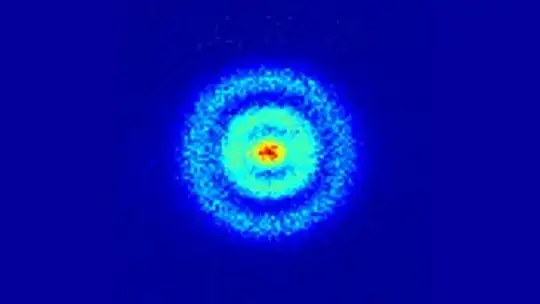The following passage has been extracted from the book Parallel Worlds, by Michio Kaku:
Because of uncertainty, the electron does not exist at any single point, but exists in all possible points around the nucleus. This electron “cloud” surrounding the nucleus represents the electron being many places at the same time...... Modern civilization would collapse, in fact, if electrons were not allowed to be in two places at the same time. (The molecules of our body would also collapse without this bizarre principle. Imagine two solar systems colliding in space, obeying Newton’s laws of gravity. The colliding solar systems would collapse into a chaotic jumble of planets and asteroids. Similarly, if the atoms obeyed Newton’s laws, they would disintegrate whenever they bumped into another atom. What keeps two atoms locked in a stable molecule is the fact that electrons can simultaneously be in so many places at the same time that they form an electron “cloud” which binds the atoms together. Thus, the reason why molecules are stable and the universe does not disintegrate is that electrons can be many places at the same time.)
If I am not wrong, the passage says that an electron (not the parts of an electron) can be found in many places at the same time. Is that right? A layman always wants to hear twice!
An electron carries the properties of mass, charge, etc. If it can be in different places at the same time, doesn't it violate conservation laws?
